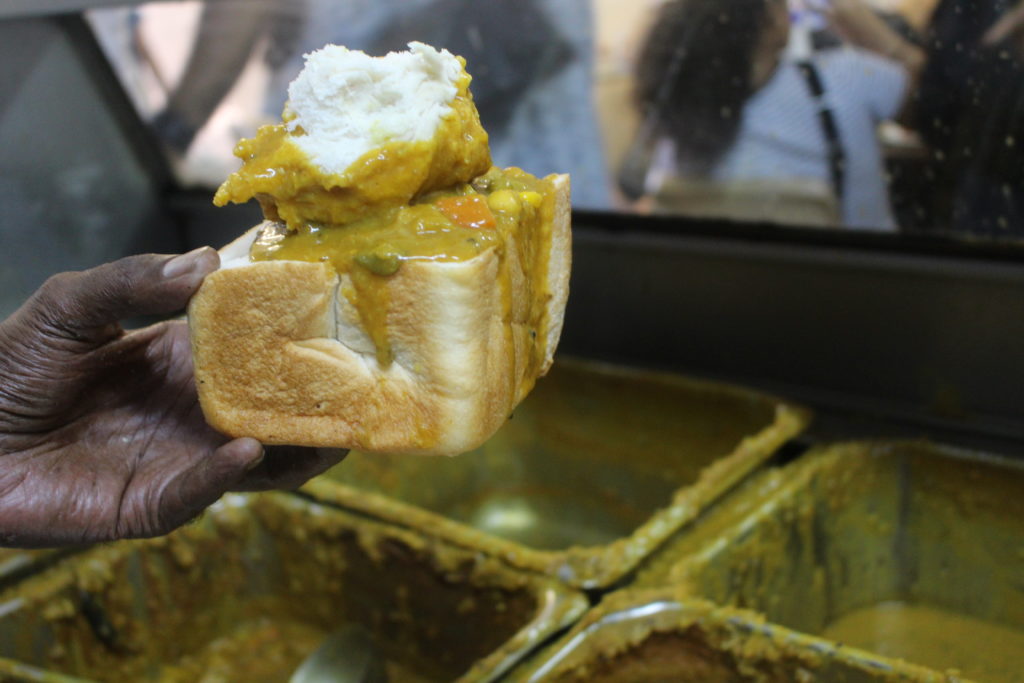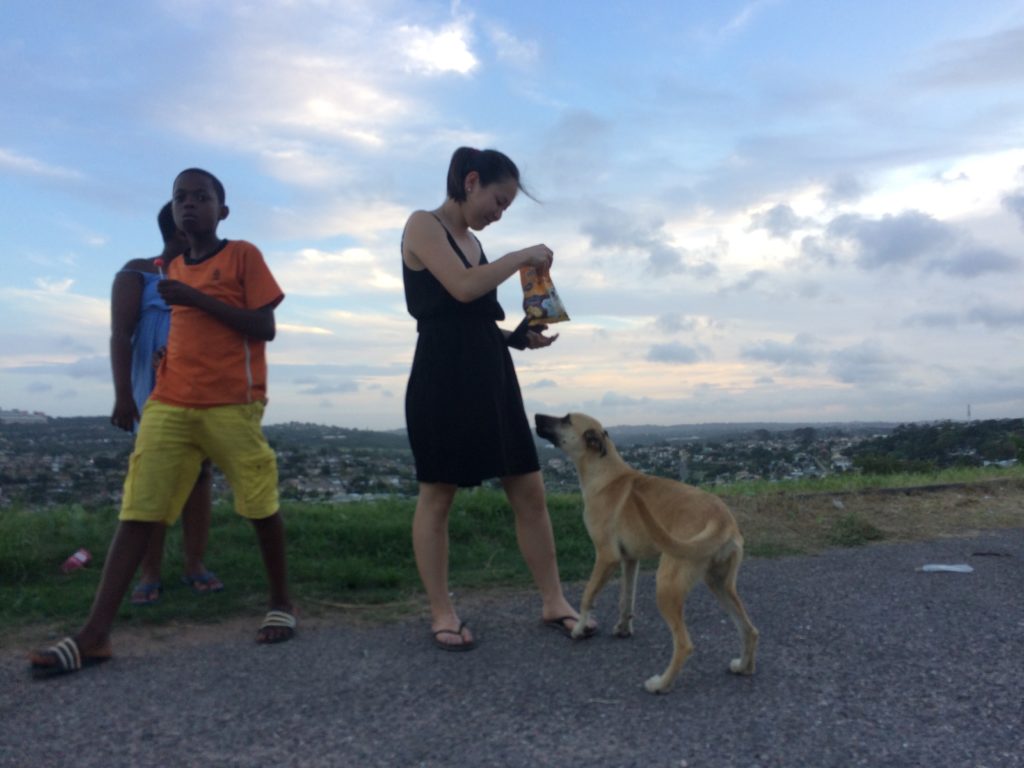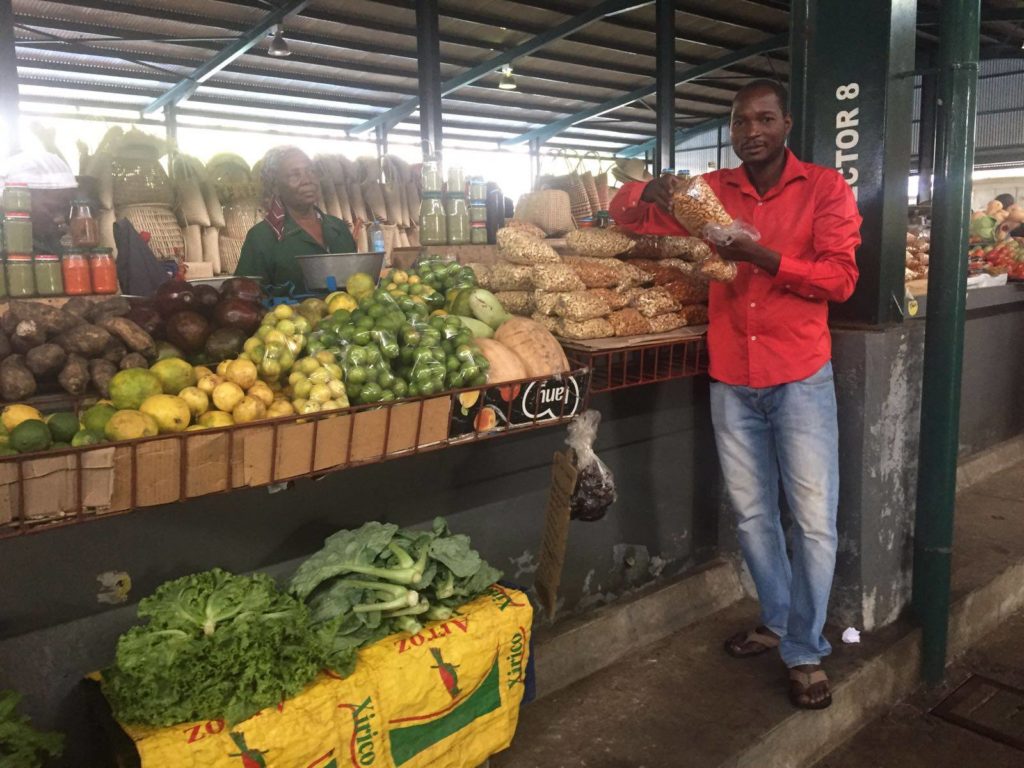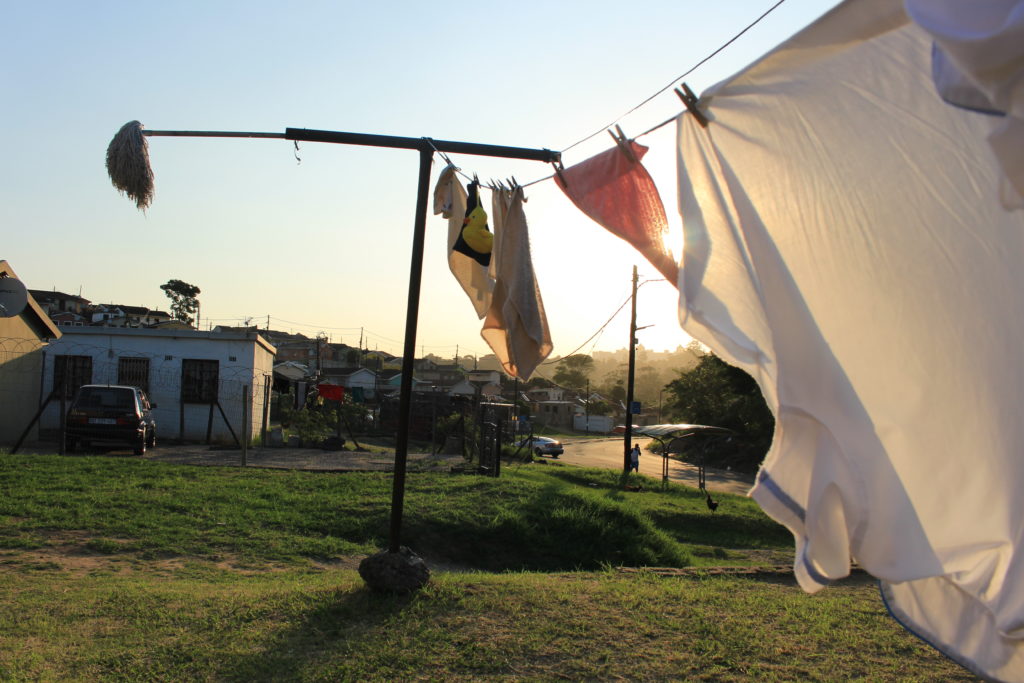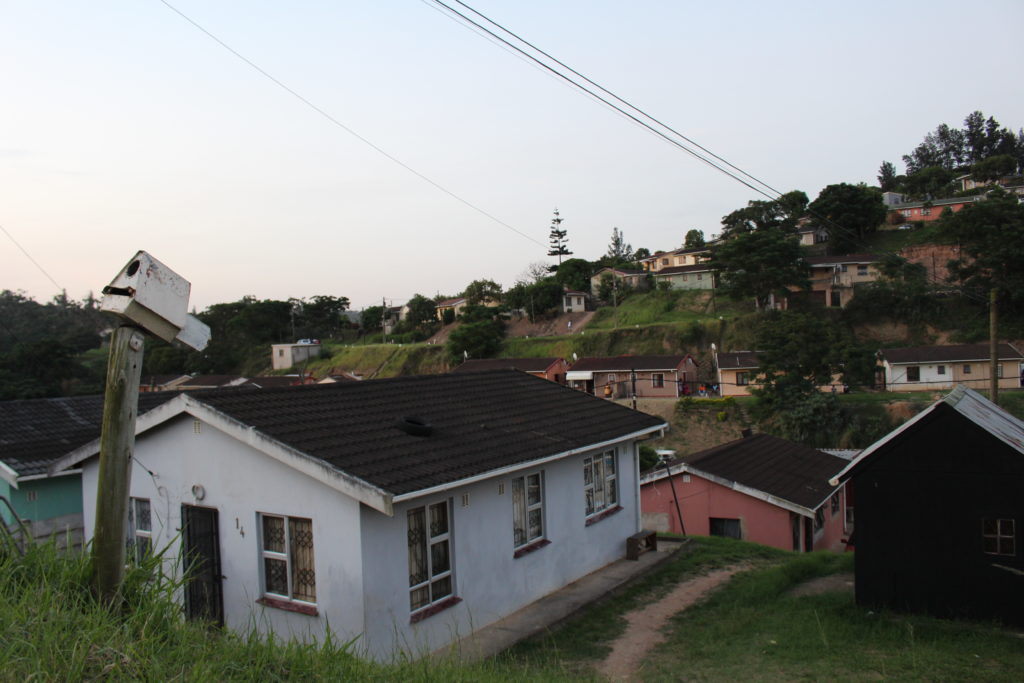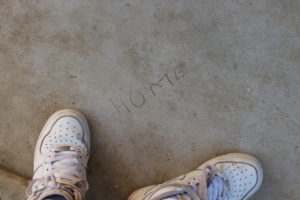Patel’s created the original bunny chow, Durban’s famous dish, and still makes the best bunny in Durban. They have been serving bunny, made of a carved out loaf of bread with spicy vegetable curry in the center, for over 85 years. In the middle of down town Durban, this hole-in-a-wall restaurant is where to find some of the most delicious food in the city. And you must eat the bunny the way it was meant to be eaten, without utensils. Rip the four corners of the loaf and use the bread as your fork!





